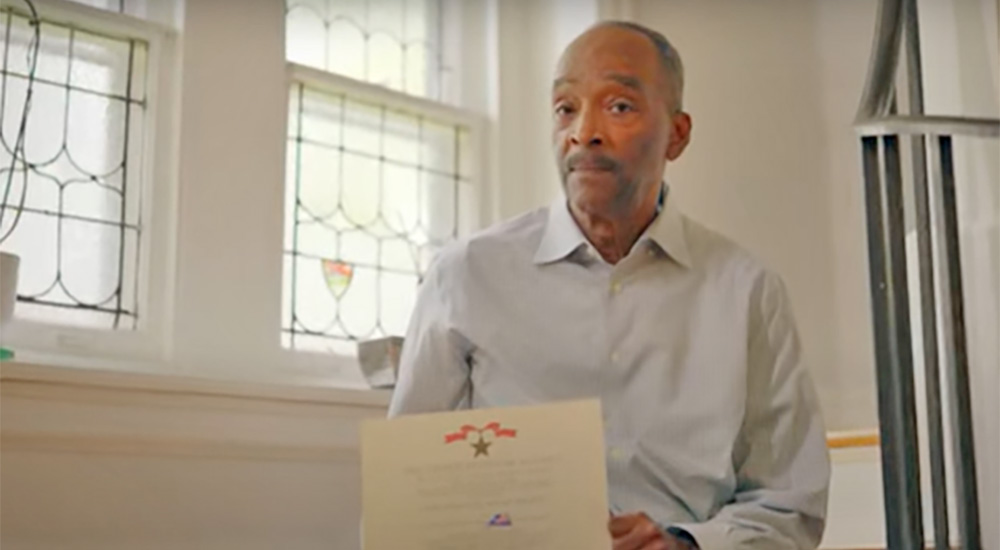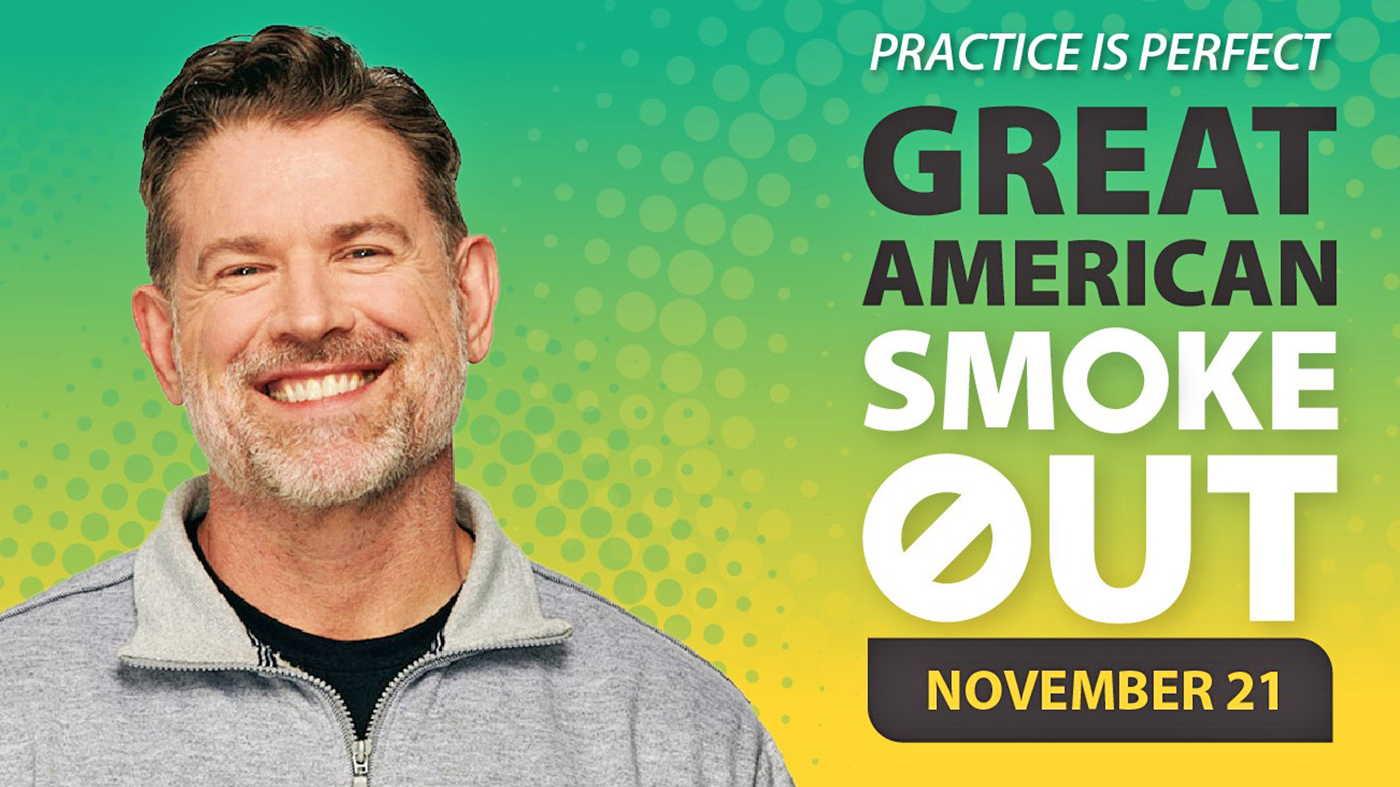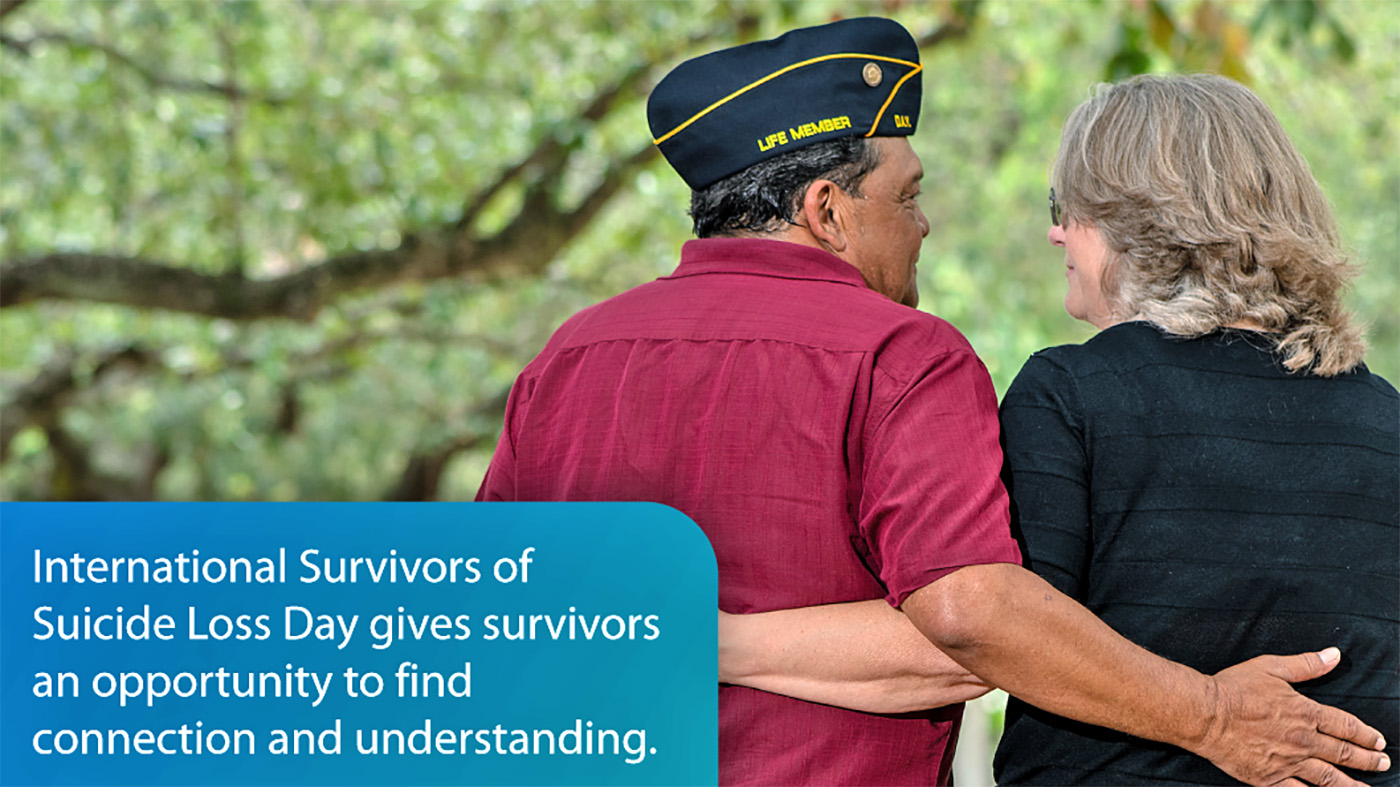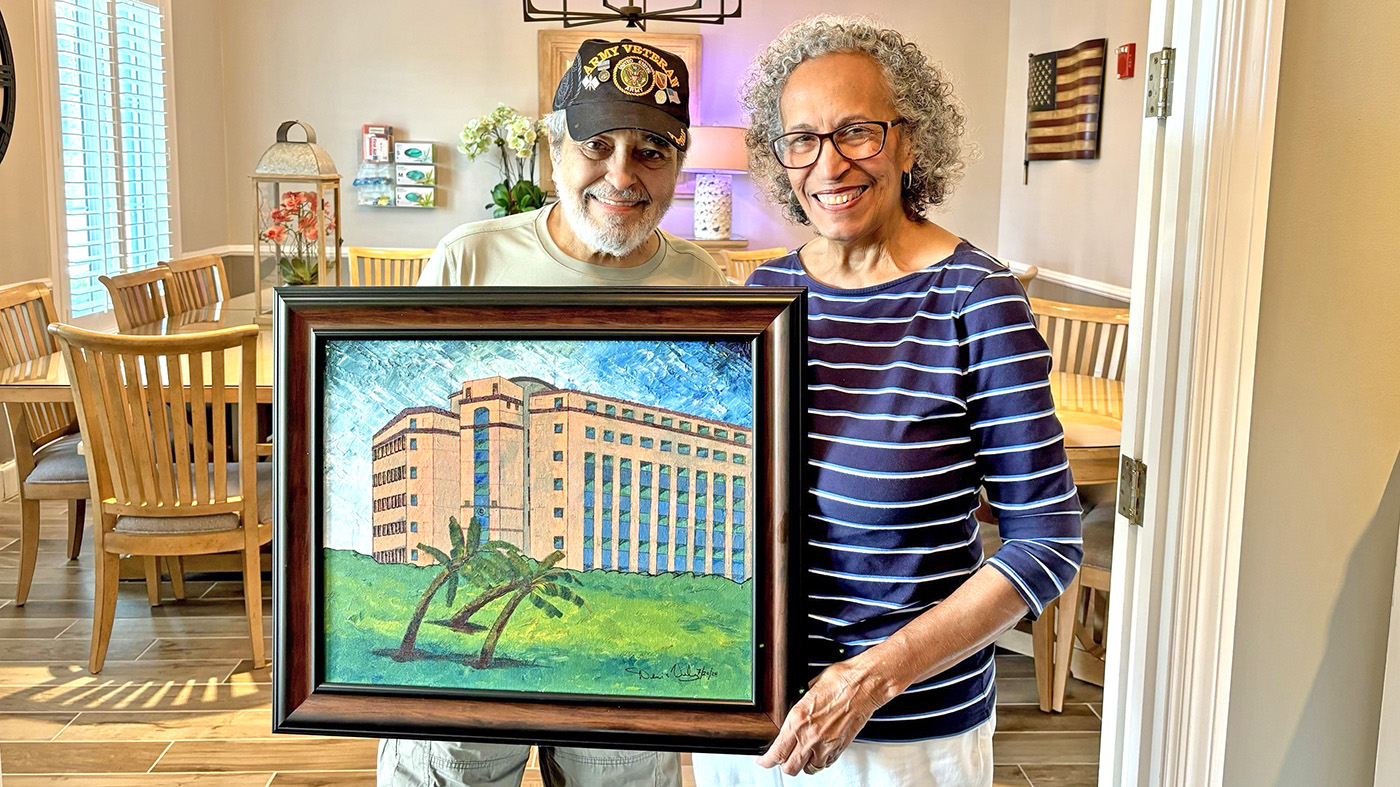“Better Health Through Better Understanding” is the theme for April’s Minority Health Month. It gives us an opportunity to raise awareness about the health challenges facing minority communities and highlight VA’s work to reduce health disparities among minority Veterans.
The need for awareness and understanding is particularly important in cancer care, where health disparities among minority populations are especially acute. According to the American Cancer Society, African Americans have the highest death rate of any racial or ethnic group for most cancers and are more likely to be diagnosed with advanced stage disease.
Similarly, Hispanic/Latino, Native American, Asian American and Native Hawaiian Pacific Islander populations have higher cancer mortality rates for certain cancers compared to the non-Hispanic White population.
Patients are better cared for and live longer
VA combats these disparities by centering health equity as a key consideration. The Center for Minority Veterans (CMV) ensures Veterans receive equal services regardless of race, origin, religion or gender.
The Office of Health Equity (OHE) works alongside VA’s programmatic efforts to provide individualized health care to each Veteran in a way that eliminates disparate health outcomes.
The National Oncology Program (NOP) stands shoulder to shoulder with the CMV and OHE to guarantee an equitable experience for all who may be on a cancer journey.
The work of these offices has a direct result on outcomes. Our patients are better cared for and live longer. For example, while prostate cancer is one of the most common diagnoses for the Veteran community, studies have shown that Black men who use VA have significantly better outcomes than Black patients who use private health care services.
Another recent study showed that mortality from bladder cancer for Black Veterans was three percent lower within VA as compared to other health care systems. Compared to cancer patients who use Medicare, Veterans who use VA for their cancer care have fewer post-treatment hospitalizations.
Accessible cancer screening means better outcomes for Veterans
A key component of these efforts has been increasing access to screening and early detection services. According to an American Society of Clinical Oncology workforce report, 66 percent of rural counties have no oncologist.
VA has responded by providing access to top-rated physicians and cancer care specialists nationwide through an integrated clinical trials network and the National TeleOncology service (NTO). NTO allows cancer care providers to reach Veterans through telehealth—regardless of where they are located. This service delivers screenings, diagnostics and treatment for medical oncology—including rehabilitation and palliative care.
VA’s Mailed FIT Program, which is a home-based test that looks for blood in stool samples, has brought colorectal cancer (CRC) screening into the homes of Veterans. And for those undergoing colonoscopies, VA has deployed 115 Artificial Intelligence-assisted devices across the nation to improve polyp detection rates.
These programs increase access to both consistent and high-quality screening, which is a particular concern for Black, Latino, American Indian and Native Alaskan individuals. CRC is one of the few cancers that can be screened for, and when detected early, often responds well to treatment.
Although rates for American Indian/Alaska Native Veterans are 6.2% lower than rates in white Veterans, that is a significant improvement on civilian disparities.
Individualized approaches for cancer care
VA has also delivered groundbreaking treatment options that are geared toward individualized approaches. The National Precision Oncology Program helps clinicians more accurately identify which cancer treatment strategies will work best for each Veteran.
In 2022, the program expanded to 131 VA medical facilities across the country and expanded types of molecular testing to include all lung cancers, metastatic prostate cancer, all pancreatic cancers, advanced bladder cancer, and other cancers.
Contributing to the goals of Cancer Moonshot
These efforts to address health equity in cancer care among minority Veterans are a key step toward improving health outcomes and reducing health disparities. However, there is still much work to be done to ensure that all Veterans, regardless of their race, ethnicity, or background, have access to high-quality cancer care. Veterans should also visit MyHealtheVet to learn tips and tools to help them partner with their VA health care team.
Topics in this story
Link Disclaimer
This page includes links to other websites outside our control and jurisdiction. VA is not responsible for the privacy practices or the content of non-VA Web sites. We encourage you to review the privacy policy or terms and conditions of those sites to fully understand what information is collected and how it is used.
More Stories
For the Great American Smokeout, explore VA resources and learn why every attempt to stop smoking is a step toward success.
If you’ve lost a loved one to suicide, resources and support are available to help you cope during your grieving and healing.
Army Veteran Denis Velez donated a painting of his VA hospital as a way of giving back for his treatment there.







The disparities reach far beyond cancer veteran patients. The way we’re treated, talked to, and handled is less than optimal around the VA, depending on individual clinics. The main VA is alright, but my new clinic personnel act strangely towards me because they were forced to take me. Said they don’t want to care for “my kind” without me saying exactly what that kind is.
This is about employee attitudes and if there’s one thing we know in this country, training doesn’t erase bigotry. Exhibit A = LEO’s
I’m all for better care but health challenges of minorities are not the only problem the VA faces. I’d like to see a VA clinic in my rural area of New Hampshire and I’d bet other rural areas are in the same boat. I have more than an hour’s ride to a VA clinic in rural NH and that clinic has only the basic services offered. To get full service I would have to travel to Vermont or Maine for anything other than just the minimum.
If you’re not a “minority”, this is probably the wrong article to say all that in. We have problems you can’t even imagine, in all industries within this country, and I’d travel as far as you have to go to avoid discrimination by healthcare employees. Not having experienced that, you have no idea how disheartening & maddening that is when we need equal care & attitudes.
If you are a “minority”, carry on, Mr. Veteran.